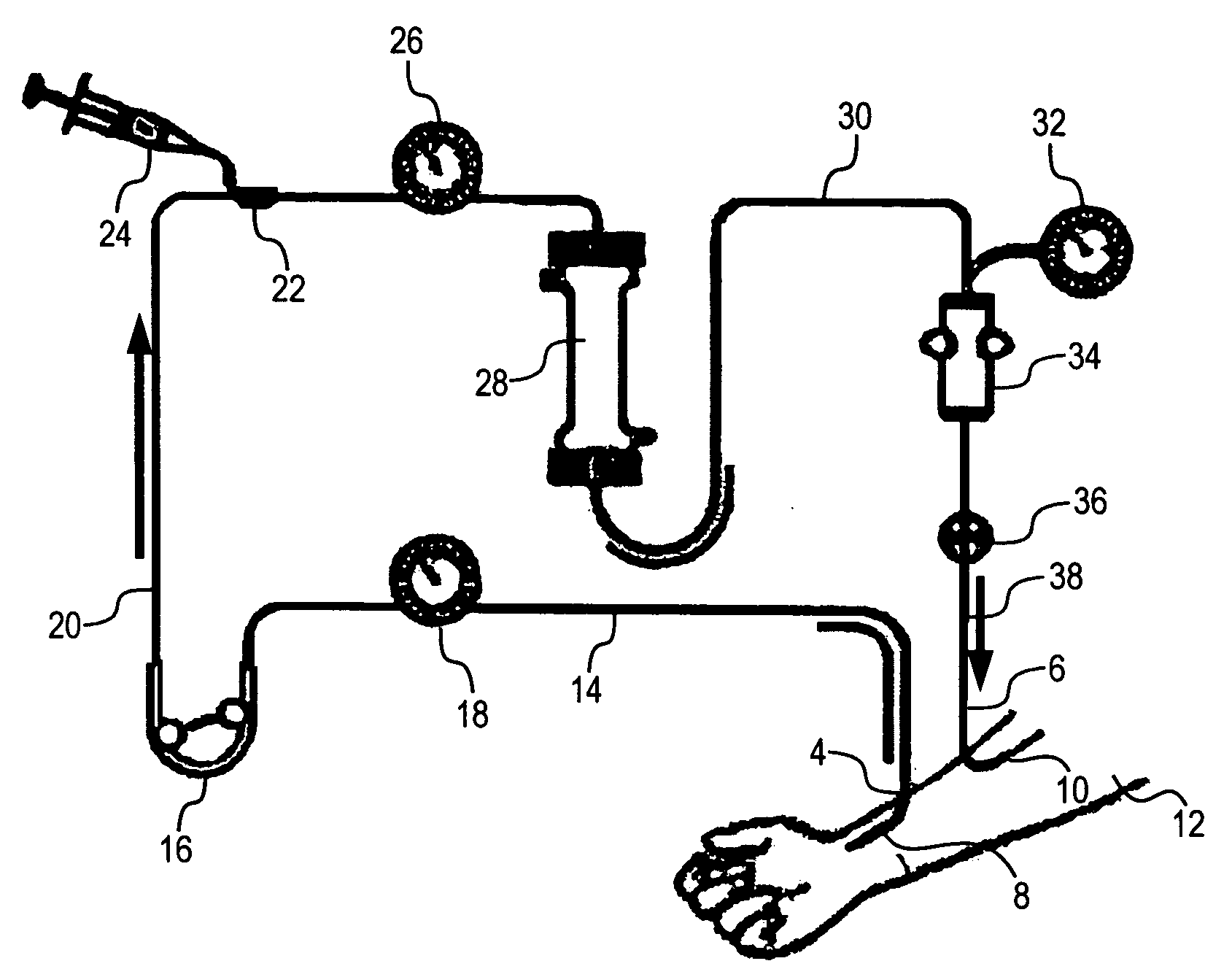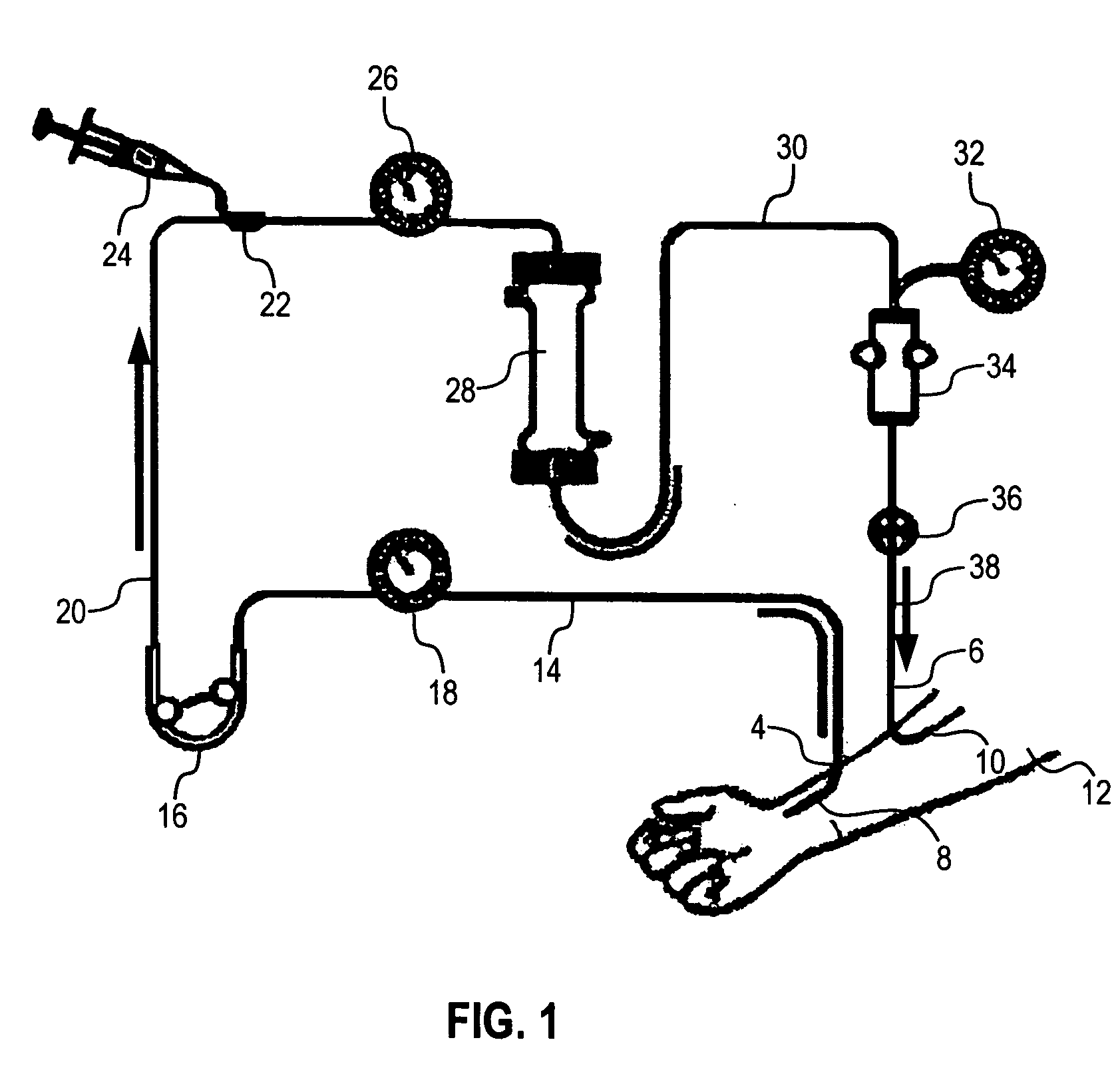Capture and removal of biomolecules from body fluids using partial molecular imprints
a technology of biomolecules and imprints, which is applied in the field of capture and removal of biomolecules from body fluids using partial molecular imprints, can solve the problems of limited applicability to disease-inducing macromolecules of higher molecular weight, lack of specificity of physical methods, and difficulty in achieving the effect of reducing the number of bacterial infections
- Summary
- Abstract
- Description
- Claims
- Application Information
AI Technical Summary
Problems solved by technology
Method used
Image
Examples
Embodiment Construction
[0040] Before describing the present invention in detail, it is to be understood that this invention is not limited to specific fluids, biomolecules, cells or device structures, as such may vary. It is also to be understood that the terminology used herein is for the purpose of describing particular embodiments only, and is not intended to be limiting.
[0041] It must be noted that, as used in this specification and the appended claims, the singular forms “a,”“an,” and “the” include plural referents unless the context clearly dictates otherwise. Thus, for example, the term “biomolecule” refers to a single biomolecule or to a plurality of biomolecules that can be the same or different, the term “partial imprint cavity” refers to a single such cavity or a plurality of such cavities that can be the same or different, the term “autoantibody” refers to a single autoantibody, a plurality of identical autoantibodies, or two or more different autoantibodies, and the like.
[0042] Accordingly,...
PUM
| Property | Measurement | Unit |
|---|---|---|
| molecular weight | aaaaa | aaaaa |
| length | aaaaa | aaaaa |
| density | aaaaa | aaaaa |
Abstract
Description
Claims
Application Information
 Login to View More
Login to View More - R&D
- Intellectual Property
- Life Sciences
- Materials
- Tech Scout
- Unparalleled Data Quality
- Higher Quality Content
- 60% Fewer Hallucinations
Browse by: Latest US Patents, China's latest patents, Technical Efficacy Thesaurus, Application Domain, Technology Topic, Popular Technical Reports.
© 2025 PatSnap. All rights reserved.Legal|Privacy policy|Modern Slavery Act Transparency Statement|Sitemap|About US| Contact US: help@patsnap.com


